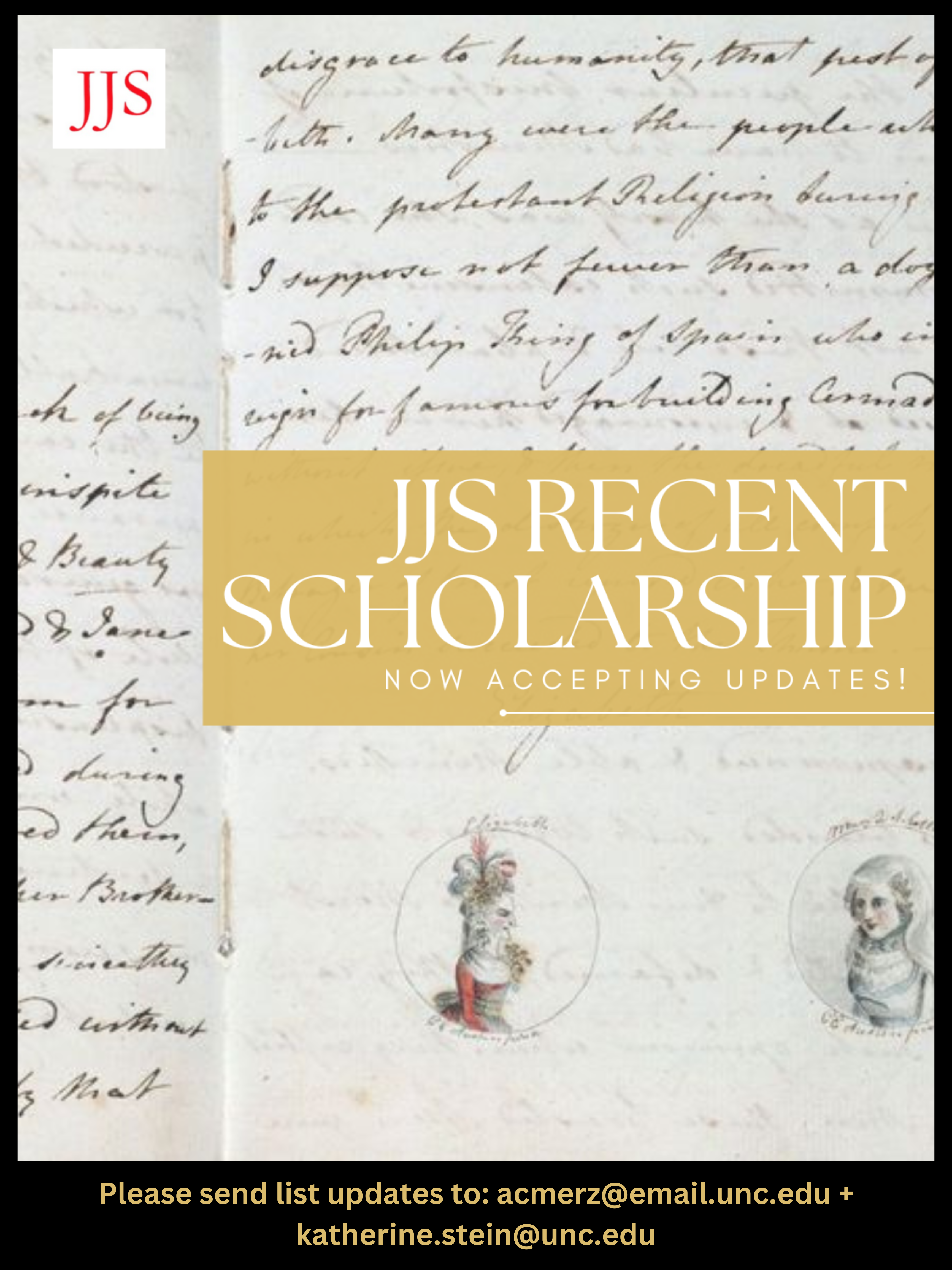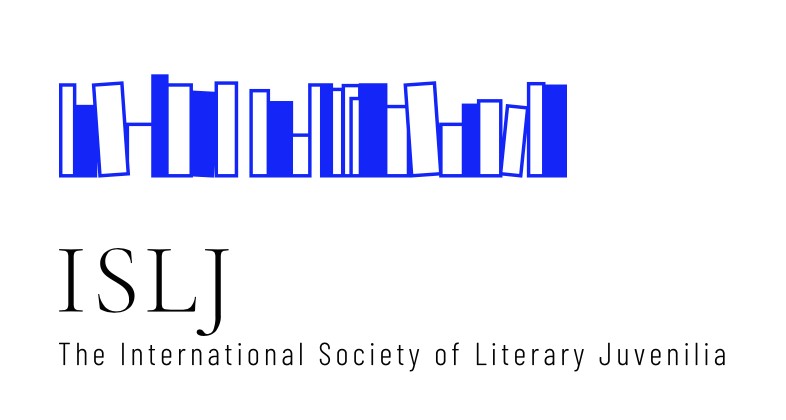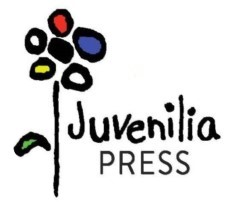Young England
Part Two
DOI:
https://doi.org/10.29173/jjs53Keywords:
juvenilia, English literature, Romanticism, Byron, DisraeliAbstract
Part One of this essay argued that the new field of juvenilia studies provides the explanatory framework that allows us to read what Young England does signify, and to indicate how the term “Young” signified in its time. More specifically, the recovery by juvenilia studies of the cultural presence of young people in Britain in the generation before Young England—its recovery of an active juvenile tradition of writers, simultaneous with and related to Romanticism—puts into context the self-fashioning and reception of this next post-Romantic generation: ambitious Young Englanders George Smythe (1818–57), John Manners (1818–1906), and Andrew Baillie-Cochrane (1816–90) in particular. Friends from boyhood, schoolmates at Eton and Cambridge, born into families of rank or on their way to titles, they looked to other bold young nobles who had made a splash before them—George Gordon, Lord Byron (1788–1824) and Percy Shelley (1792–1822). Those Romantics’ prior precocious fame provided the justification for believing that Young Englanders could make a splash too, and gave them the script for how to do so. Part Two focuses on Benjamin Disraeli (1804–1881), their political mentor, who used this script explicitly in his Coningsby novels about Young England, fusing the movement’s personalities with the characters of their meteoric Romantic predecessors.
Downloads
Published
Issue
Section
License
The Creative Commons Attribution-Noncommercial-No Derivatives 4.0 International license applies to all works published by the Journal of Juvenilia Studies and authors retain copyright of their work.
![]()



.jpg)
 Dedicated to the discussion and promotion of literary works by young writers
Dedicated to the discussion and promotion of literary works by young writers

